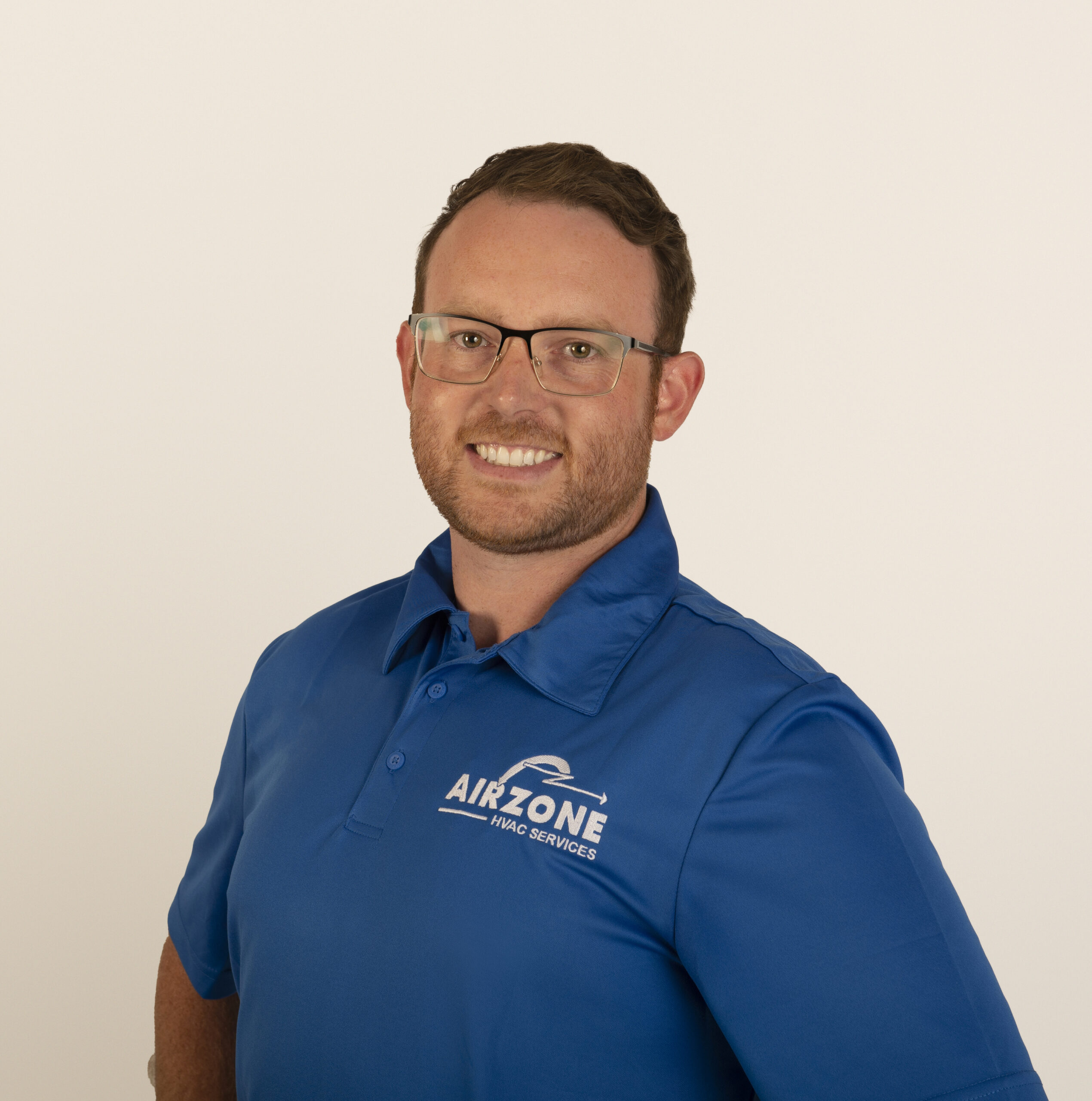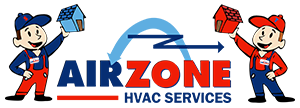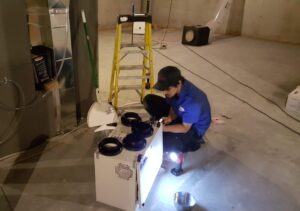How to Run a Home HRV in Summer: Tips and Alternatives
Heat Recovery Ventilators (HRVs) and Energy Recovery Ventilators (ERVs) are integral parts of modern HVAC systems, designed to improve indoor air quality by exchanging stale indoor air with fresh outdoor air. While they are beneficial year-round, their operation in summer requires careful consideration, especially regarding humidity control. In this article, we’ll discuss how to run a home HRV in the summer, the potential issues with humidity, and why an ERV might be a better choice for maintaining optimal humidity levels.
Understanding HRVs and Their Summer Operation
An HRV works by exchanging indoor air with outdoor air while recovering heat from the outgoing air to pre-condition the incoming air. This process is efficient for maintaining indoor air quality and reducing heating costs in the winter. However, running an HRV in the summer can introduce challenges, particularly related to humidity.
Managing Humidity with an HRV
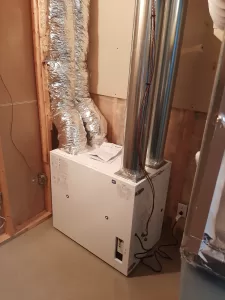
In the summer, outdoor air is often warmer and more humid. When an HRV pulls this humid air into the home, it can lead to increased indoor humidity levels. Here’s how this happens:
- Air Exchange: The HRV brings in fresh, humid air from outside while exhausting stale indoor air. Unlike in winter, when the system recovers heat, in summer, it doesn’t dehumidify the incoming air.
- Moisture Transfer: As the HRV exchanges air, it can inadvertently transfer moisture from the outside to the inside, raising indoor humidity levels.
- Cooling Load: The increased humidity makes the air feel warmer, forcing your air conditioning system to work harder to maintain comfortable indoor temperatures.
Tips for Running an HRV in the Summer
To minimize humidity issues when running an HRV in the summer, consider the following tips:
- Adjust Settings: Some HRVs come with settings that allow you to control the airflow rate. Reducing the intake of outdoor air can help limit humidity.
- Use Dehumidifiers: Complement your HRV with a dehumidifier to manage indoor humidity levels more effectively.
- Monitor Humidity Levels: Keep an eye on indoor humidity using a hygrometer. Ideal indoor humidity levels should be between 40-60%.
- Scheduled Operation: Operate the HRV during cooler parts of the day, such as early morning or late evening, when outdoor humidity levels may be lower.
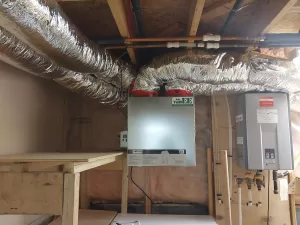
Why an ERV Might Be a Better Choice
While HRVs are effective in improving air quality and heat recovery, an Energy Recovery Ventilator (ERV) offers additional benefits in terms of humidity control, making it a potentially better choice for summer operation.
https://www.airzonehvac.ca/ventilationhrv/
How ERVs Manage Humidity
ERVs operate similarly to HRVs but have a crucial difference: they can transfer moisture as well as heat. Here’s how an ERV helps in managing humidity:
- Moisture Exchange: An ERV can transfer some of the moisture from the incoming humid air to the outgoing stale air. This reduces the amount of humidity entering your home.
- Balanced Humidity: By managing moisture levels, an ERV helps maintain a more balanced indoor humidity level, preventing the excessive buildup of humidity in the summer.
- Energy Efficiency: ERVs also help in reducing the load on your air conditioning system by keeping indoor humidity at optimal levels, which can enhance the overall energy efficiency of your home.
Benefits of Using an ERV in the Summer
- Improved Comfort: By managing humidity levels more effectively, an ERV can help maintain a more comfortable indoor environment during the hot and humid summer months.
- Reduced Cooling Costs: Lower indoor humidity levels mean your air conditioning system doesn’t have to work as hard, which can result in lower energy bills.
- Enhanced Air Quality: An ERV continues to provide the benefits of improved indoor air quality by exchanging stale indoor air with fresh outdoor air without the added burden of increased humidity.
Choosing Between an HRV and an ERV
When deciding between an HRV and an ERV, consider the specific needs of your home and climate. Here are some factors to keep in mind:
- Climate: In regions with high summer humidity, like Ottawa, an ERV is generally a better choice for maintaining comfortable indoor humidity levels.
- Home Insulation: Well-insulated homes can benefit more from an ERV as it helps balance both heat and moisture.
- Existing HVAC System: Consider how your current HVAC system handles humidity and whether an HRV or ERV would complement it better.
https://www.airzonehvac.ca/do-erv-hrvs-in-ottawa-save-money/
Conclusion
Running a home HRV in the summer requires careful management of humidity levels to ensure optimal indoor comfort. While HRVs are excellent for improving air quality and energy efficiency, they can introduce unwanted humidity during the summer months. An ERV, with its ability to transfer moisture as well as heat, may offer a better solution for maintaining balanced humidity levels and reducing cooling costs. At AirZone HVAC Services, we can help you choose and install the right ventilation system for your home, ensuring you enjoy a comfortable and energy-efficient living environment year-round. Contact us today to learn more about our services and how we can improve your home’s air quality and comfort.
